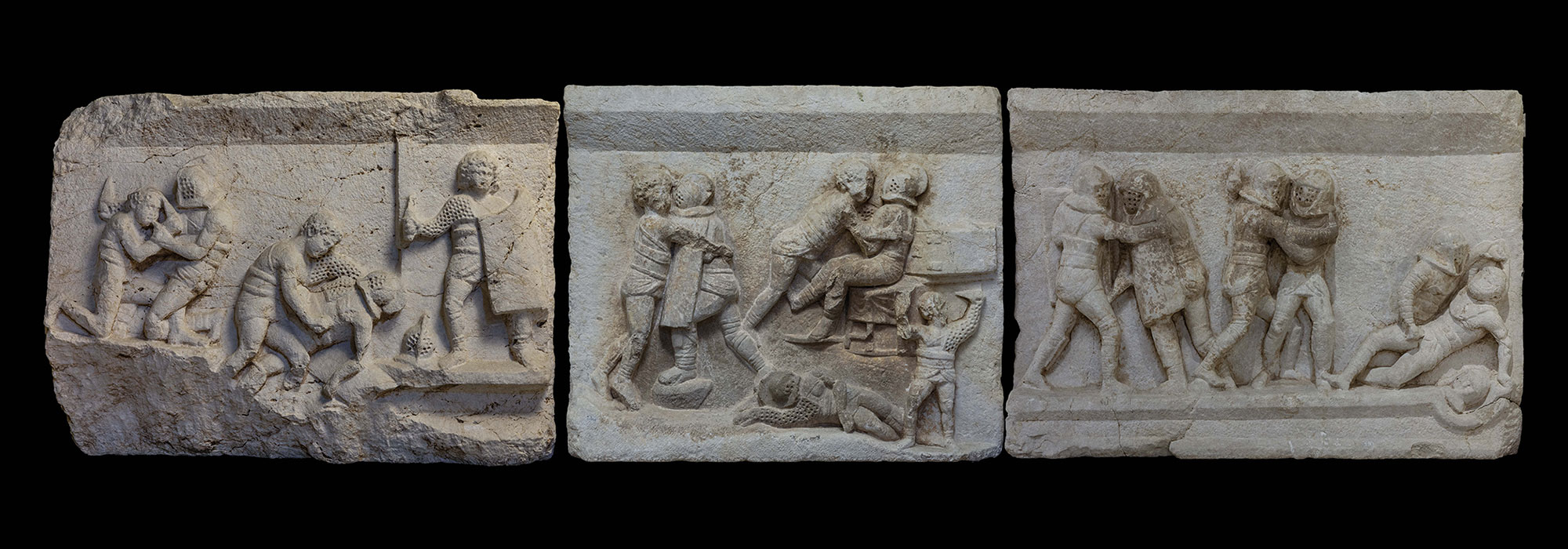PITTSBURGH, PENNSYLVANIA—According to a Science News report, Kevin G. Hatala of Chatham University and his colleagues believe that the presence of footprints from two different hominin species in northern Kenya, on the eastern edge of Lake Turkana, suggests that two species of hominin may have had contact with each other some 1.5 million years ago. One set of prints belongs to Homo erectus, a possible ancestor of modern humans who lived between about two million and 117,000 years ago. The other prints have been identified as Paranthropus boisei, which had a small brain, large jaw, and lived between 2.3 million and 1.2 million years ago. The study suggests that the three H. erectus prints and 12 P. boisei prints were made within a few days of each other, before they were buried in lakeside sediments. “Whether Homo and Paranthropus individuals passed through the area hours to a day apart, or seconds to a minute apart, they would have been aware of each other’s existence on this shared landscape,” Hatala said. The study also determined that the H. erectus footprints are similar to modern human prints, indicating that the hominin walked in a similar manner. P. boisei, however, probably had feet with a flatter arch and bigger toes. “The trackway that we attribute to P. boisei reflects a fairly fast walking speed, and there is no evidence that they were off-balance or any less adept at walking on two legs than H. erectus,” Hatala concluded. To read about the oldest known hominin footprints, go to "Proof in the Prints."
Footprints in Kenya Suggest Ancient Human Relatives Shared Space
News December 3, 2024
Recommended Articles
Artifacts November/December 2019
Australopithecus anamensis Cranium
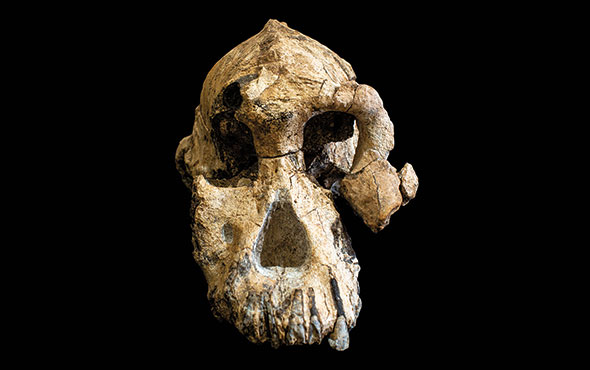
Top 10 Discoveries of the Decade January/February 2021
Neanderthal Genome
Vindija Cave, Croatia, 2010
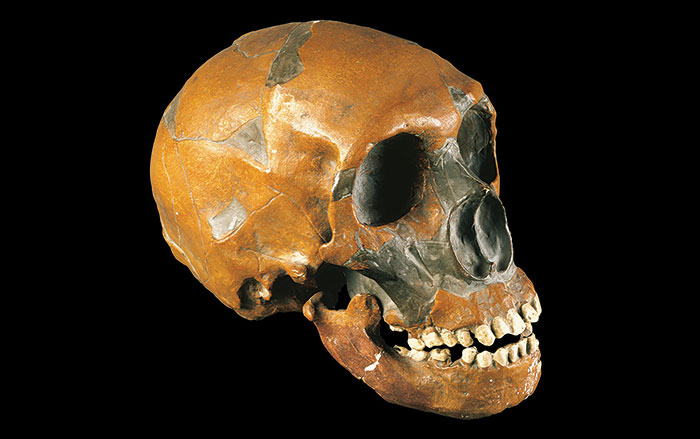
Features September/October 2017
The Heights We Go To
The links among extreme environments, genetics, and the human ability to adapt

Digs & Discoveries January/February 2017
Hungry Minds
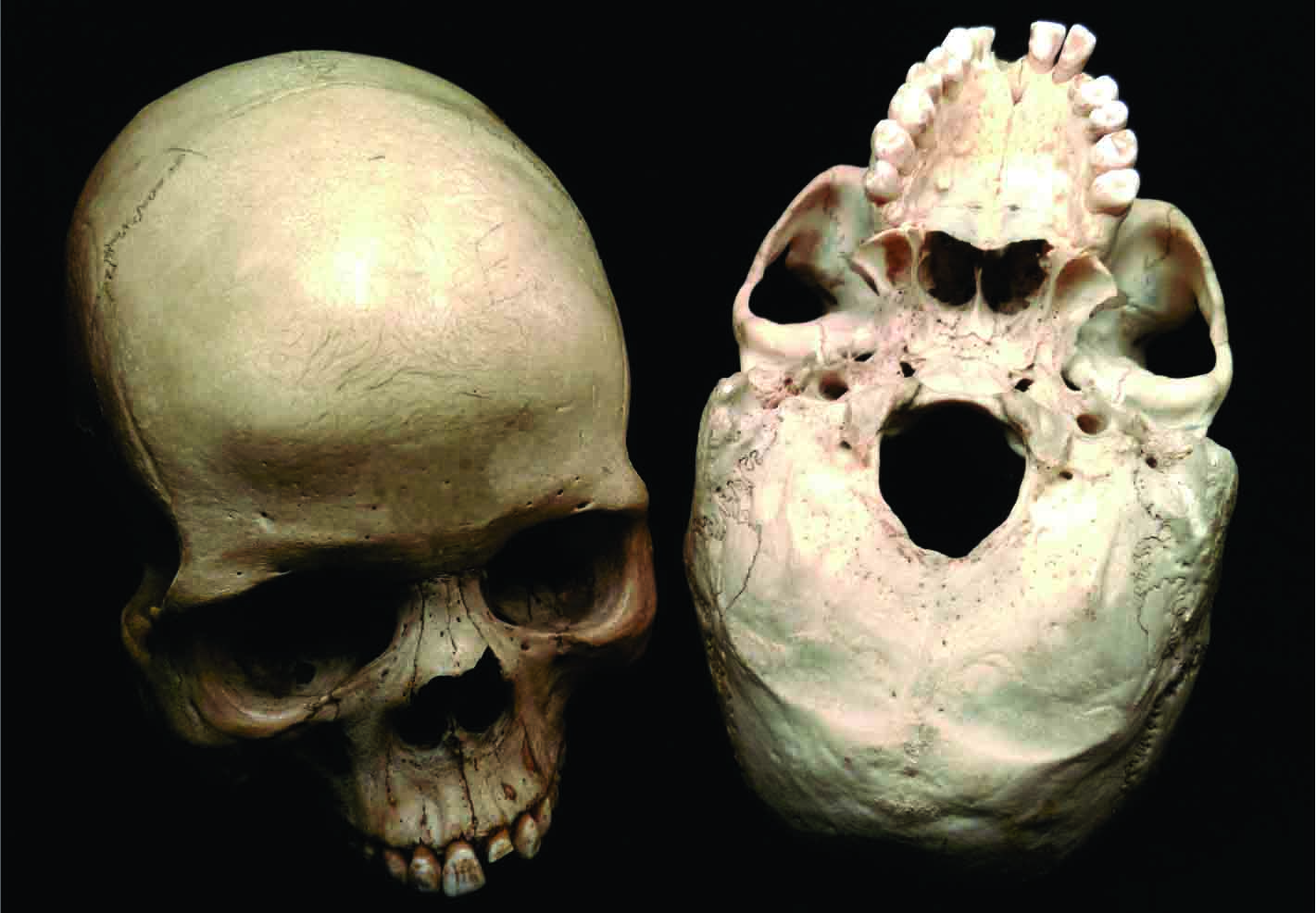
-
Features November/December 2024
The Many Faces of the Kingdom of Shu
Thousands of fantastical bronzes are beginning to reveal the secrets of a legendary Chinese dynasty
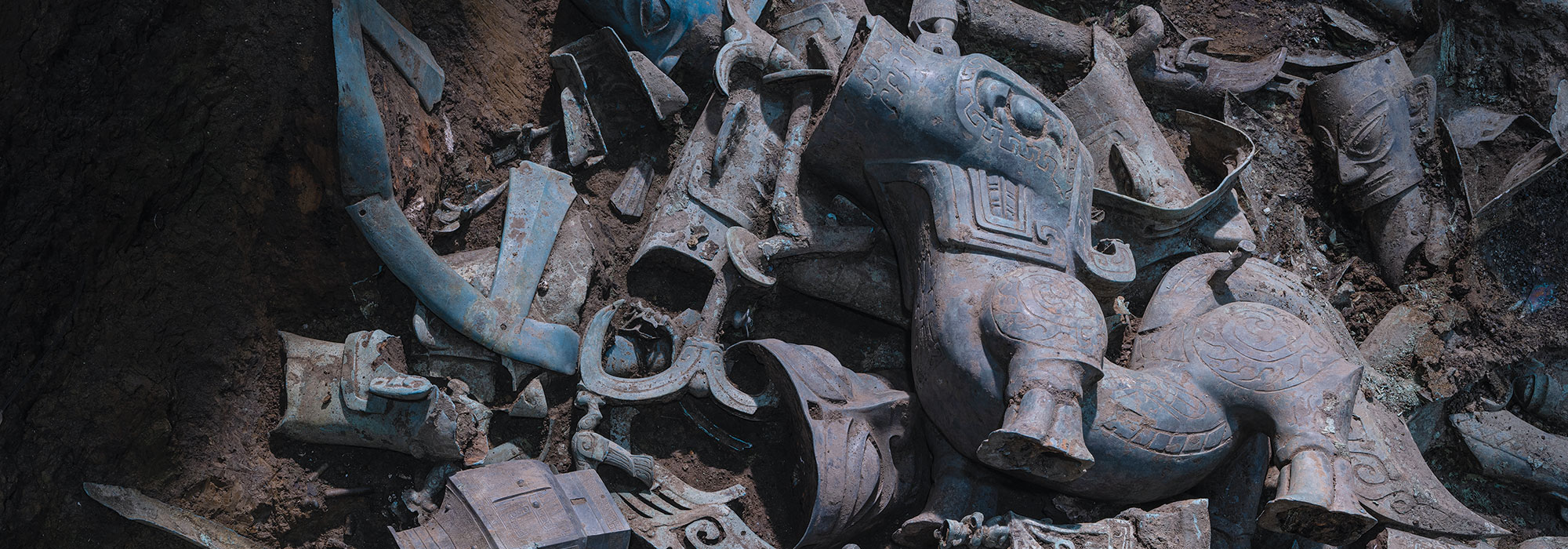 Courtesy Sichuan Provincial Institute of Cultural Relics and Archaeology
Courtesy Sichuan Provincial Institute of Cultural Relics and Archaeology -
Features November/December 2024
Europe’s Lost Bronze Age Civilization
Archaeologists have discovered more than 100 previously unknown megasites north of the Danube
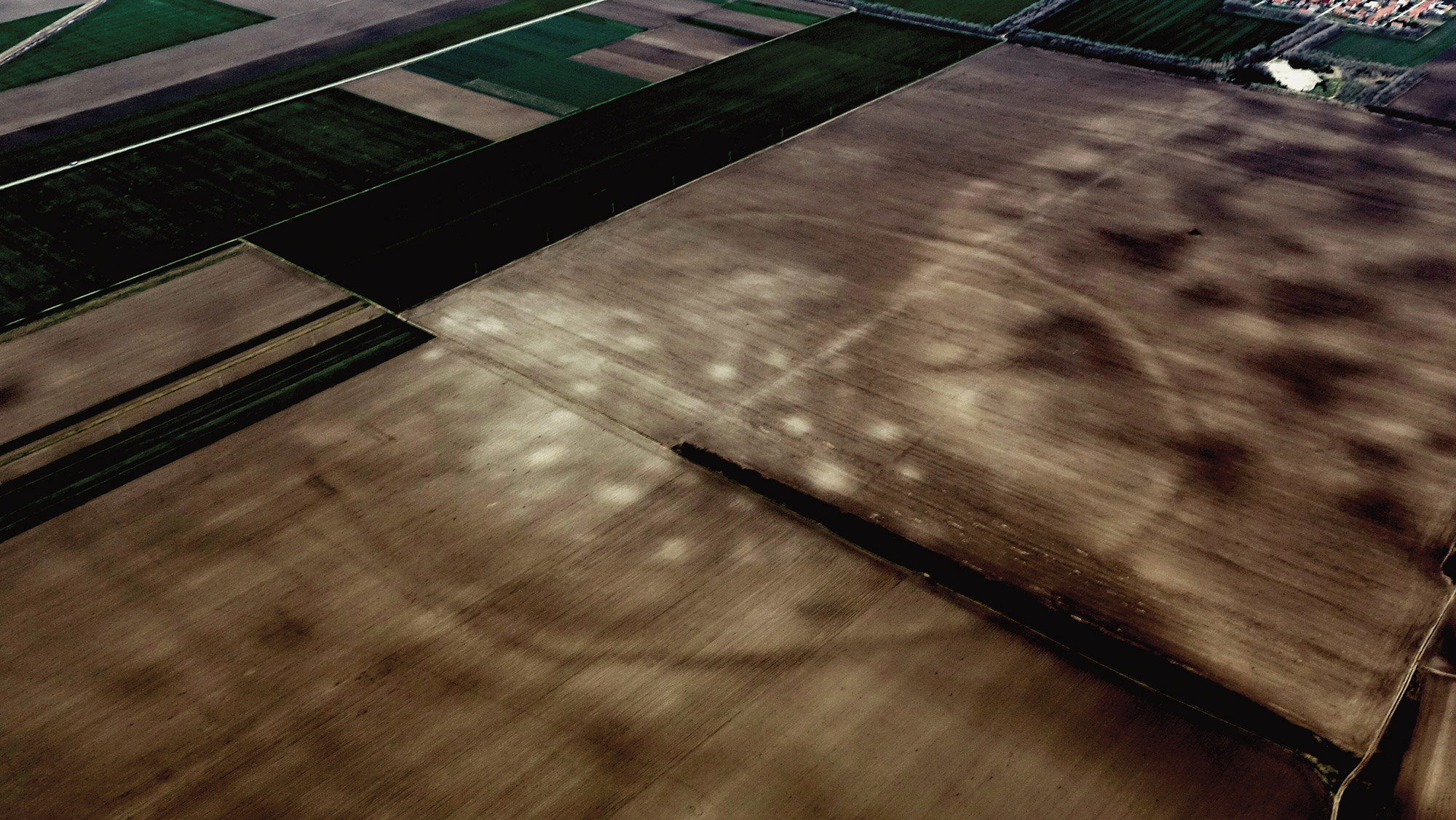 Courtesy Barry Molloy
Courtesy Barry Molloy -
Features November/December 2024
Chalice of Souls
A Maya jade heirloom embodies an enduring sacred tradition
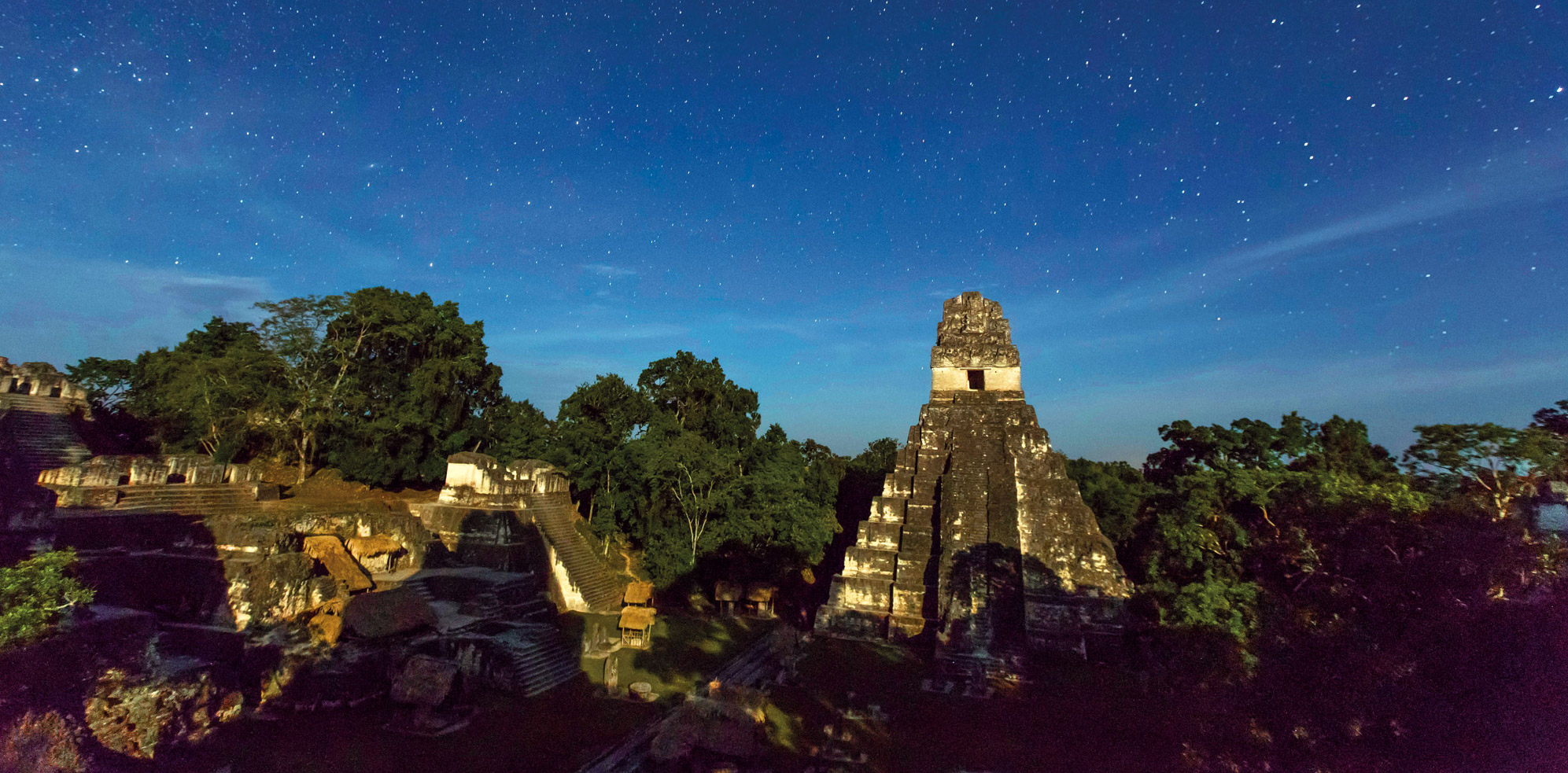 Jon G. Fuller, Jr./Alamy
Jon G. Fuller, Jr./Alamy -
Features November/December 2024
Exploring Ancient Persia’s Royal Fire Temple
At a remote lake in the mountains of Iran, archaeologists have identified the most revered Zoroastrian sanctuary
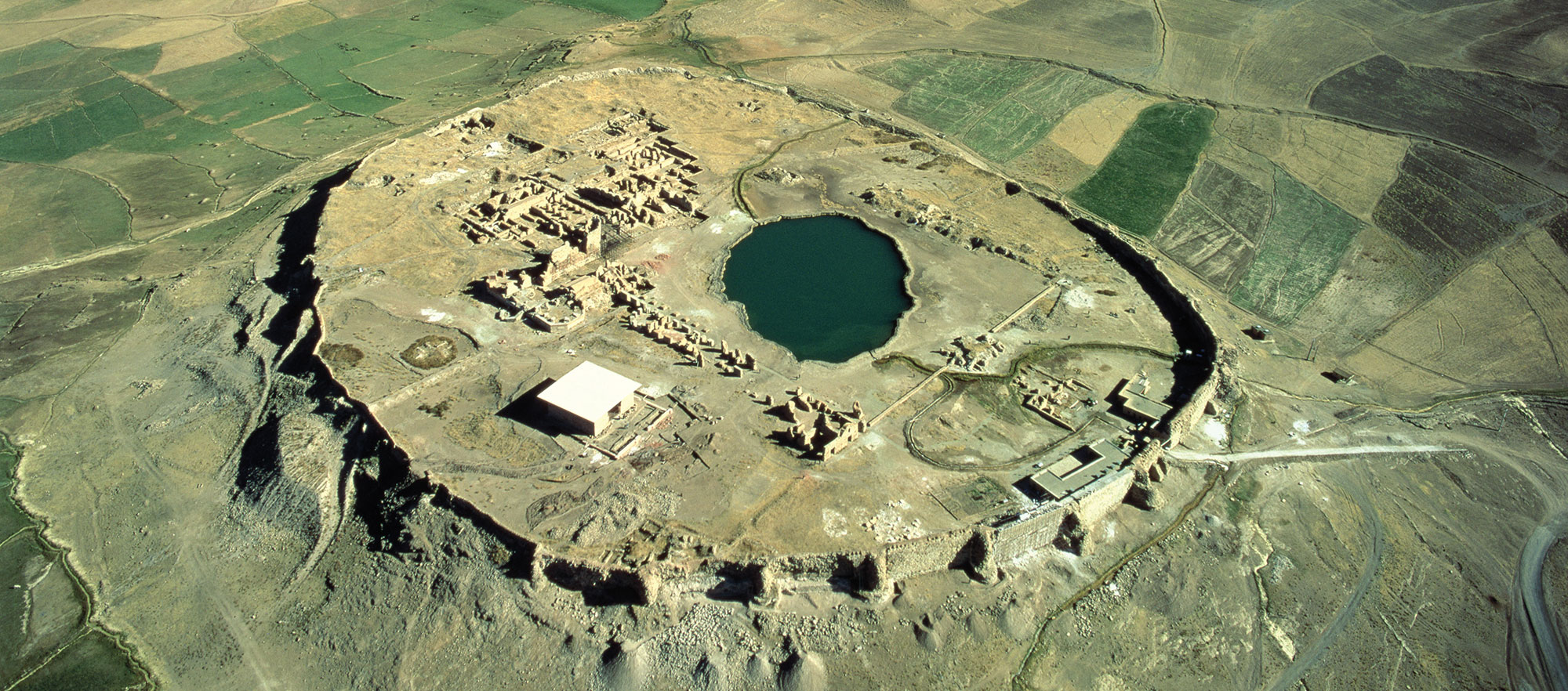 Bridgeman Images
Bridgeman Images


